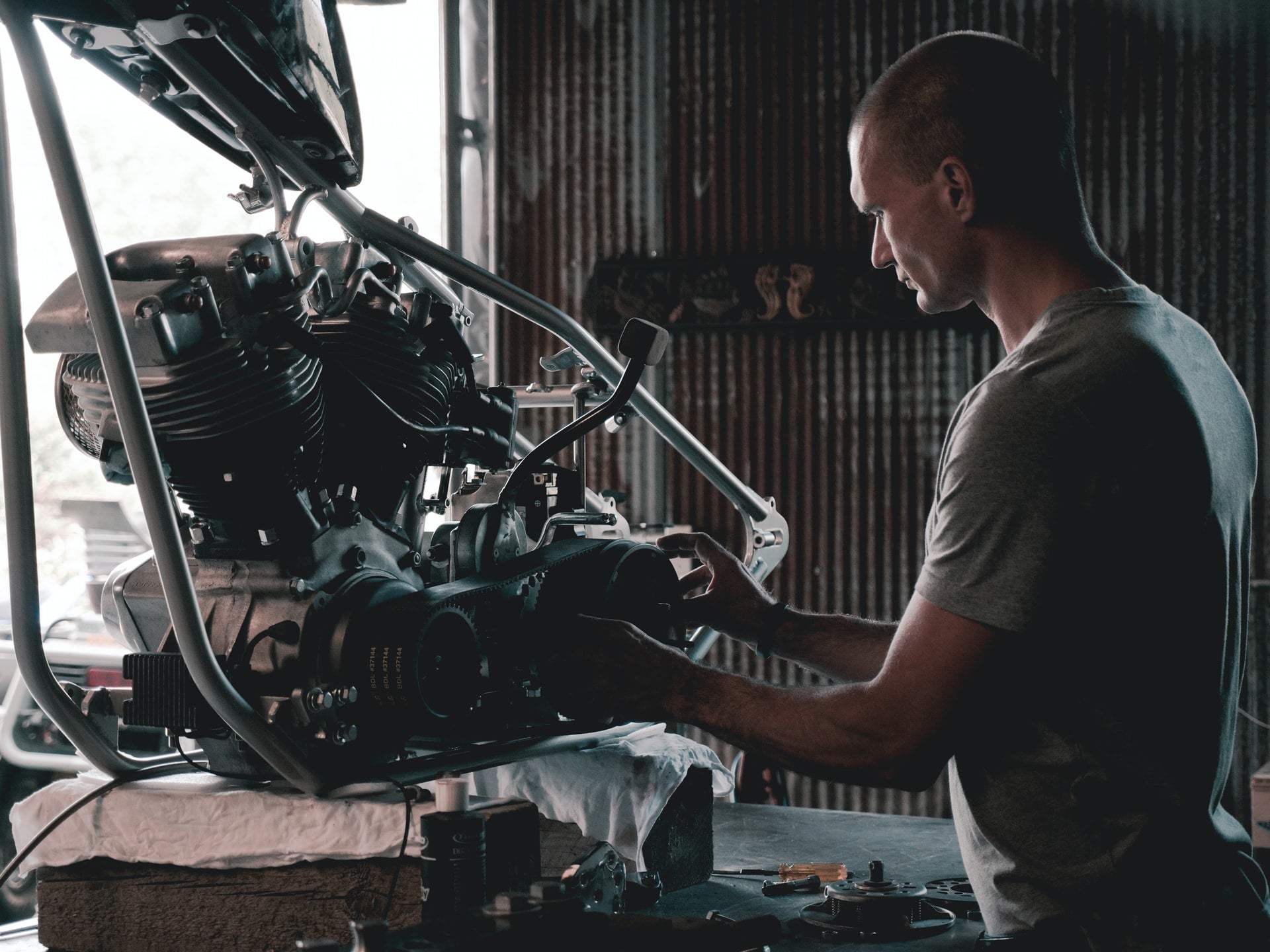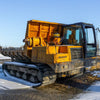What are the most common hazards present in an automotive workshop?

No matter what industry you’re in, there will always be a unique set of hazards and risks that you should be aware of.
Managing these hazards and putting proper strategies in place to reduce the risks associated with them is an important part of managing staff.
If you’re working in an automotive workshop, there are plenty of potential risks and hazards that you may be subjecting your staff to.
Here are some of the most common hazards that you – and your staff – should be aware of, and how you can minimise them.
Common risks in an automotive workshop
This industry can include people like mechanics, wheel and tyre fitting staff, vehicle manufacturers, engineers, and auto electricians.
When you’re working on vehicles, you’re mainly at risk from body stressing, slipping, tripping, falling, or being hit by moving vehicles or heavy machinery.
Other common risks that your staff may encounter while working in an automotive workshop include:
- Accidents and injuries from hazardous manual tasks
- Injuries caused by operating heavy machinery and equipment
- Accidents caused by ineffective traffic management within the warehouse
- Handling hazardous substances
- Wellbeing, physiological and mental health issues
How to reduce risks in an automotive workshop
Just because there are a lot of potential risks in a workshop, doesn’t mean there’s nothing you can do about it.
Here are some of the ways that you can reduce risks to your employees while they’re at work:
Identify potential hazards and manage them effectively
As a manager, you should be aware of any and all the potential hazards in your workshop. Only once you’re aware of these issues can you do something about them and control the risk.
Talk to your employees and offer them training
Involve all of your employees to help make your workshop safer for everyone. Offer training and guidance to help them better implement good health and safety practices.
Keep a record of what you’re doing to improve health and safety
Document what you’re doing to improve health and safety in the workplace – things like providing effective automotive PPE. This isn’t just important for legal requirements, but also will help you keep an eye on any progress.
Constant monitoring and continuous improvement
Hazards and risks in the workplace can change, so don’t expect improvements to be a quick fix.
You should be constantly identifying and solving new issues as they arrive so that you can keep your workshop as safe as possible.
-
Posted in
automotive workshop, engineers, health and safety, mechanic, mental health, PPE, safety guidance, workshop





